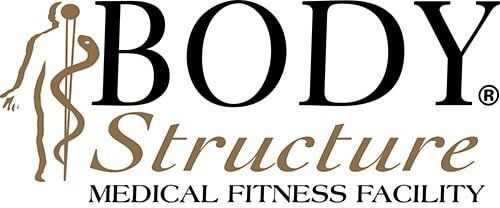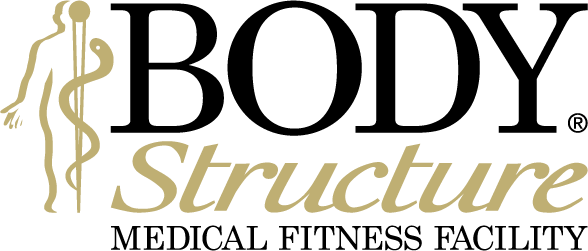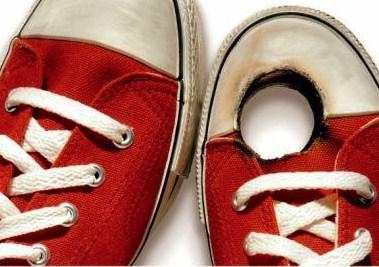5 BEHAVIORS THAT WILL HIJACK YOUR FITNESS GOALS
The road to hell is paved with good intentions. An excellent proverb when considering the actions and behaviors needed to fulfill health and wellness goals you’ve set for yourselves. You probably have the best intentions. You want to feel better, perform better, look better, or live longer. Unfortunately, intentions are only realized if the correct actions and behaviors are consistently carried out.
You and I are going to ponder five subversive behaviors and/or actions that can easily thwart our health and wellness objectives.
1. Programming
Shooting in the dark and exercising haphazardly might briefly produce results, but without a plan, the results will be short-lived. Long-term results come by design. The design must revolve around your wellness goals, so first make sure you have goals, and they are realistic. Realistic goals provide an understanding of why you’re doing what you’re doing. Then, your daily actions and behaviors must reinforce your goals.
2. Eating
Have you ever thought, “Donuts every morning is okay because I work out for an hour every night?” Unfortunately, a consistent fitness program does not give you a green light to eat junk. You can’t outwork a poor diet.
If weight loss a goal, the calories that go in must be nutritiously dense so that your body gets the nutrients it needs to efficiently function while, at the same time, creating a caloric deficit. If muscle development is your goal, the calories that go in must be nutritiously dense so that your body gets the nutrients it needs to repair and strengthen your muscles that are damaged during your workout. Without a sound nutrition plan, you’re taking two steps forward and one step back, or worse, two steps back and one step forward.
3. Movement Quality
Thousands of years ago, Aristotle said, “Life requires movement.” He was correct, but he neglected to mention that a painless life requires moving correctly. All movements begin with the same basic framework. The framework includes proper alignments of the spine and other joints as they move together .
With any fitness program, the number one priority should be safety. To reduce the risk of injury, begin an exercise program by establishing a solid movement foundation before progressing to more complex exercises. Performing exercises with the proper techniques help avoid injury and gain the desired muscle adaptations.
4. Intensity
Exercise is supposed to be a challenge. How challenging the fitness program is largely dependents on your fitness level and your goals. Whatever your goal, progress will be exceptionally slow or nonexistent if you aren’t working hard enough.
The American College of Sports Medicine (ACSM) and American Heart Association (AHA) recommend 150 minutes/week of moderate intensity exercise or 75 minutes/week of vigorous exercise to achieve health benefits.
So what is moderate intensity and how can you measure it? Your heart rate is a good indicator of intensity level. If you’re working between 65% and 75% of your maximum heart rate (220 – age), your heart is telling you that you’re working at a moderate intensity. You can use rate of perceived exertion which means that if you feel like you’re working hard, you probably are. Simply put, when you finish your fitness routine, you should be more fatigued than when you started.
5. Recovery
Let’s assume you train for five hours a week. Five hours of 168 hours available is only 3% of your week, so why do you walk into a workout dragging? Probably because of poor rest and/or recovery. Rest is defined as a combination of sleep and time spent not training. Recovery, on the other hand, involves techniques and actions taken to maximize your body’s repair. The elements of proper recovery include; sleep, hydration, nutrition, and stretching/myofascial release. Rest and recovery are important parts of any successful fitness program. They are also the least planned and underutilized ways to improve your performance.
You have good intentions. You’ve created goals for yourself. Now make a holistic, progressive plan that will help you from shooting yourself in the foot.
























